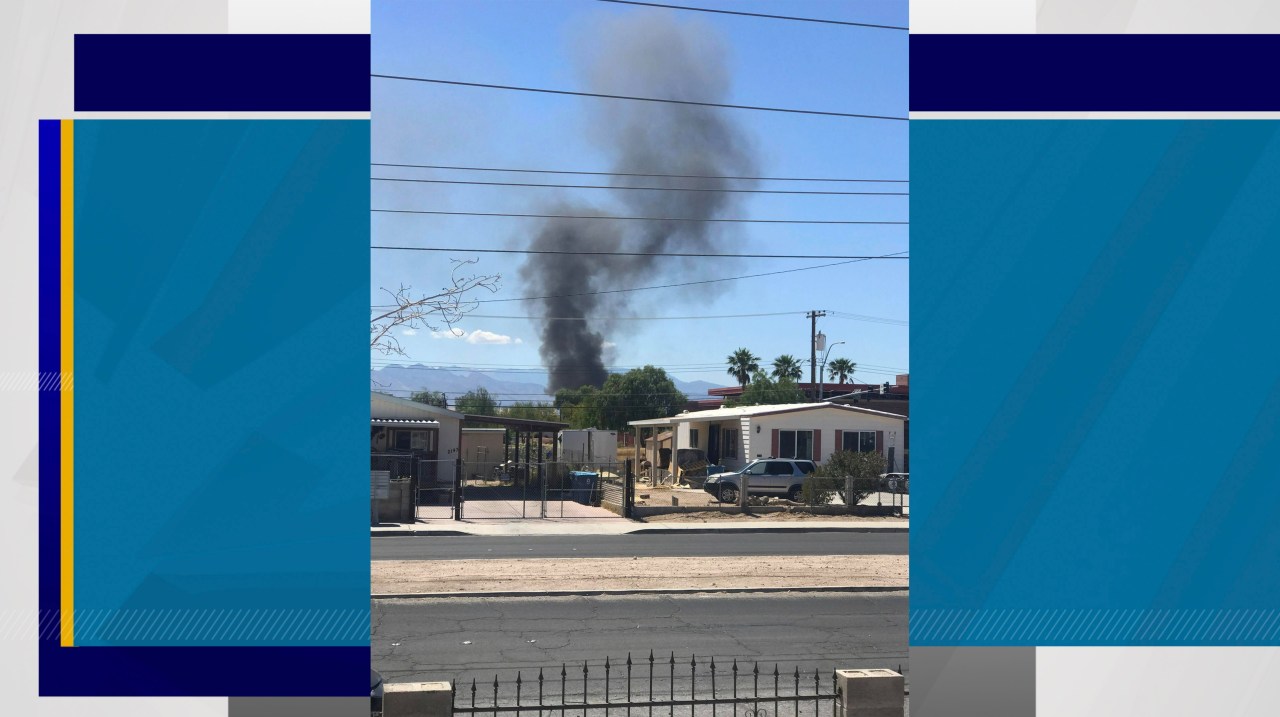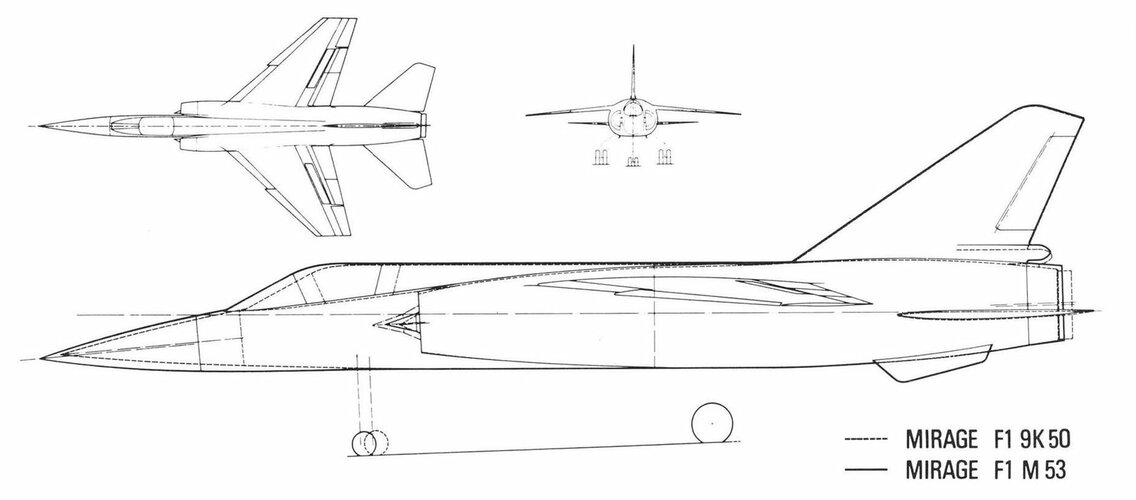Interesting early Belgian (by way of the US) view on the Mirage F1 M53:
State Dept cable 1973-42873
archive.org
Once again, thank you for your research
Opportunistic Minnow!
As much as I appreciate the French being focused on the Mirage 2000, as it's next generation dream machine, one would have thought the incorporation of the Mirage F1 M53 (alas in small numbers) into the
Armée de l'Air
wouldn't have been to costly, in fact it would have given the
Armée de l'Air a cost effective gain in capability till the introduction of the Mirage 2000 [1984], whilst also further benefiting export potential for Dassault and SNECMA - especially when the French knew and appreciated that this was the stumbling block of the Mirage F1 M53 being selected by the likes of Belgium. For I think it would be safe to say that had the Mirage F1 M53 gone into serious production, the orders for it wouldn't have simply stopped at Belgium, Denmark, the Netherlands and Norway...
Regards
Pioneer
What you say indeed makes a lot of sense, alas the Armée de l'Air thought otherwise.
The F1-M53 (for them) only made limited sense as a "side kick" or "low end" to the ACF.
In fact to help its exports order and the Deal of the Century, the AdA reluctantly accepted to change its massive order of F1-Atar (160 aircraft, IOC April 1973 in Reims) into F1-M53 (80 to 100).
But they actually hated the idea as they were obsessed with the ACF at the time, which was damn expensive and thus needed all the money. The Jaguar also had its IOC in spring 1973 and was also sucking a lot of money like a black hole.
The two key events happened in 1975 some months appart and saw the end of the duo
- June 7, 1975: F1-M53 lose the Deal of the Century
- December 18, 1975: ACF is way too expensive and canned
And they are replaced by a brand new duo
- Mirage 2000
- Mirage 4000
Dassault goes to the Elysée palace to meet PRésident Giscard, with one idea in mind
- Mirage 4000 for France
- Mirage 2000 as a new export fighter, Mirage III style.
But, a brilliant economist (for all his flaws elsewhere) Giscard had analyzed the F1-M53 / ACF failure, and can see the 2000 / 4000 as proposed by Dassault will repeat that mistake.
Even before the 1973 oil shock the ACF (started in June 1972 from the VG G8s) was already too expensive for the Armée de l'Air.
The oil shock only made things worse, and the 4000 is no different from the ACF.
So Giscard picks the "low end side kick" that is: a single fighter.
Now, he picked the 2000 but he could have chosen the F1-M53. The reason ? the F-16.
The F1-M53 lacks FBW and the F1 is "old stuff": vintage 1966. The 2000 will resist the F-16 better.
And thus: the Mirage 2000 is the great winner of all this. The 4000 will never found a "sugar daddy" to fund it: Iraq or Saudi Arabia will never do it (because war and because F-15)
As for F1-M53 after 1975: no reason, they would be inferior to the 2000 while threatening it. That's the basic reasoning why it wasn't proposed anymore, even to Iraq in the 1980's.
It was seen as an evolutionary dead end compared to the 2000. Note that Dassault nearly sold a Mirage 2000D variant to Iraq in the late 80's, but they went for MiG-29s instead.




